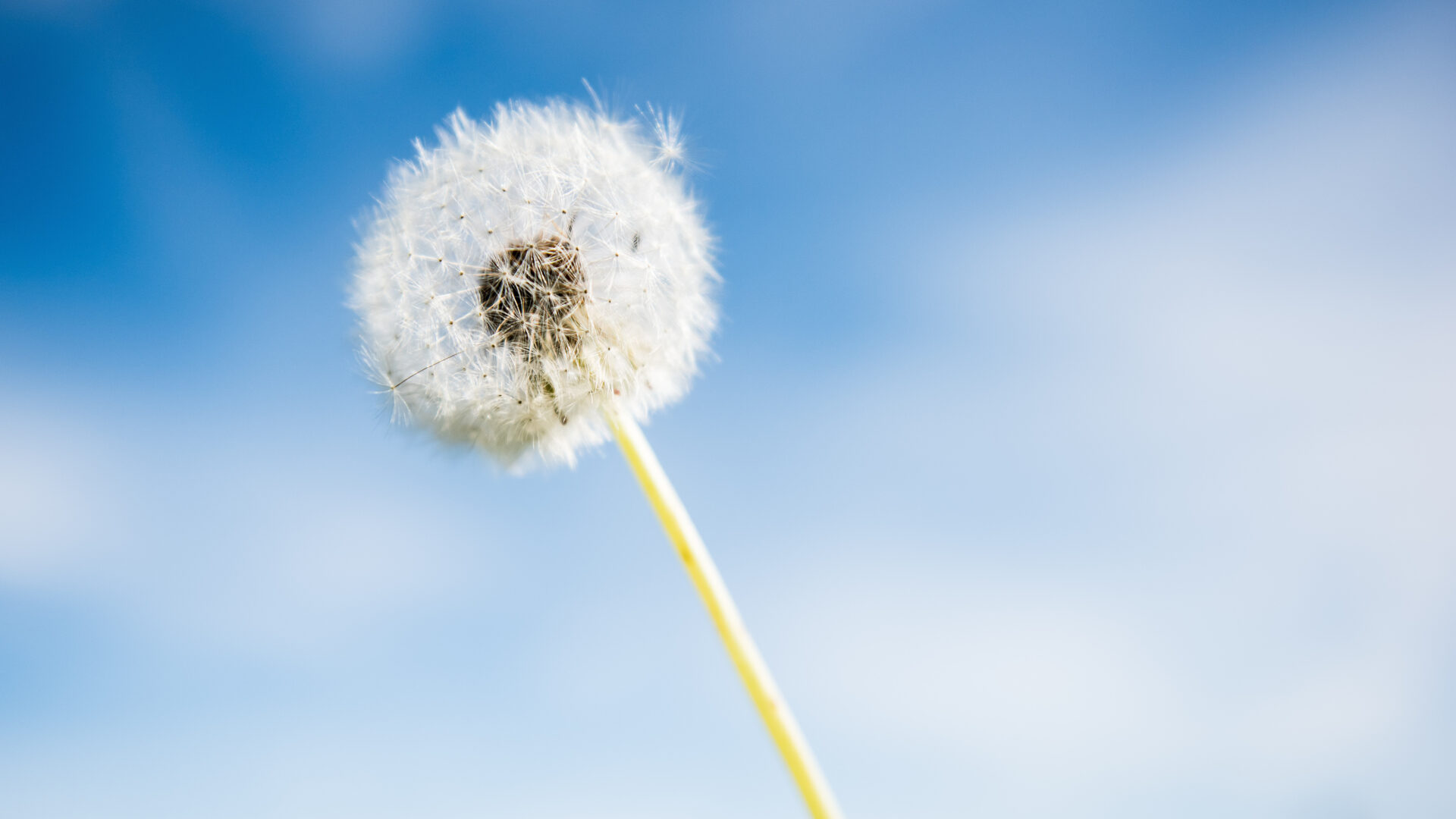Allergies and Hay fever
BY NATIONAL PHARMACIES CHIEF PHARMACIST, BEC ROGERS.
Allergies and Hay fever
Allergies occur when someone’s immune system reacts to something in their environment that would generally be harmless. There are many different types of allergies including food allergies, insect allergies, drug allergies and atopic dermatitis. Symptoms will vary depending on the severity and type of the allergic reaction but may include itch, hives, or rash; facial swelling; tingling in the mouth; wheezing or trouble breathing; and in rare cases life-threatening anaphylaxis.1
Allergies in Australia are very common and up to 30% of people will develop an allergy during their lifetime.2 The most significant risk factor for developing an allergy is family history. If both parents of a child have a history of allergy, then their children have a 40-60% chance of experiencing allergy also and may develop eczema, asthma, food allergies or allergic rhinitis.3
Avoidance of known causes of allergies is one of the best ways to prevent an allergy occurring. For instance, if you have an allergy to peanuts you will want to be vigilant when in the grocery store to read details of allergens on food packaging carefully and highlight to wait-staff in restaurants that you have an allergy when eating out. It’s helpful especially in the early stages following an allergy diagnosis to keep a diary tracking your activities and detailing your symptoms to identify potential triggers.1

Allergic rhinitis, or hay fever as it is more widely known, is a type of allergy that affects around 18% of the population in Australia and New Zealand.2 Hay fever is commonly caused by inhalation of pollens in the air, so Spring is a time of year we often see people suffering with this condition. Whilst the symptoms of hay fever such as runny, itchy, congested nose; itchy, watery eyes; and itchy ears, throat and roof of mouth can be quite impactful for some people, there are ways we can avoid these symptoms and treat them when they do occur.5
On high pollen count days, particularly when it is very windy it is best to avoid going outside in the morning if possible. Wearing sunglasses can help to protect your eyes and showering at the end of the day to remove pollens from your skin and hair will help as well.5
Should you experience hay fever symptoms occasionally or on an ongoing basis, your pharmacist can help you. The pharmacist will engage in conversation with you to gather information to best be able to recommend products to help with your hay fever. They may ask questions around your symptoms including the duration and frequency of when you experience them, as well as your medical history and other health conditions to ensure they can provide medicines that are safe and appropriate for you. The good news is that there are different treatment options available to suit both adults and children, including antihistamines in the form of tablets, syrups, nasal sprays, and eye drops.
So, don’t let those Spring allergies get you down. Head into your local National Pharmacies store for some helpful advice. And, if you have questions about allergies other than hay fever, we’re happy to help where we can there too.
References:
- Mayo Clinic – Allergies,” [Online]. Available: https://www.mayoclinic.org/diseases-conditions/allergies/symptoms-causes/syc-20351497#:~:text=Overview,produces%20substances%20known%20as%20antibodies.. [Accessed 20 August 2023].
- “Allergy & Anaphylaxis,” [Online]. Available: https://allergyfacts.org.au/allergy-anaphylaxis. [Accessed 20 August 2023].
- “Allergy & Anaphylaxis Australia,” [Online]. Available: https://allergyfacts.org.au/allergy-anaphylaxis/who-is-at-risk. [Accessed 20 August 2023].
- “Allergic Rhinitis (Hay Fever) – Fast Facts,” ASCIA, [Online]. Available: https://www.allergy.org.au/patients/fast-facts/hay-fever-allergic-rhinitis. [Accessed 20 August 2023].